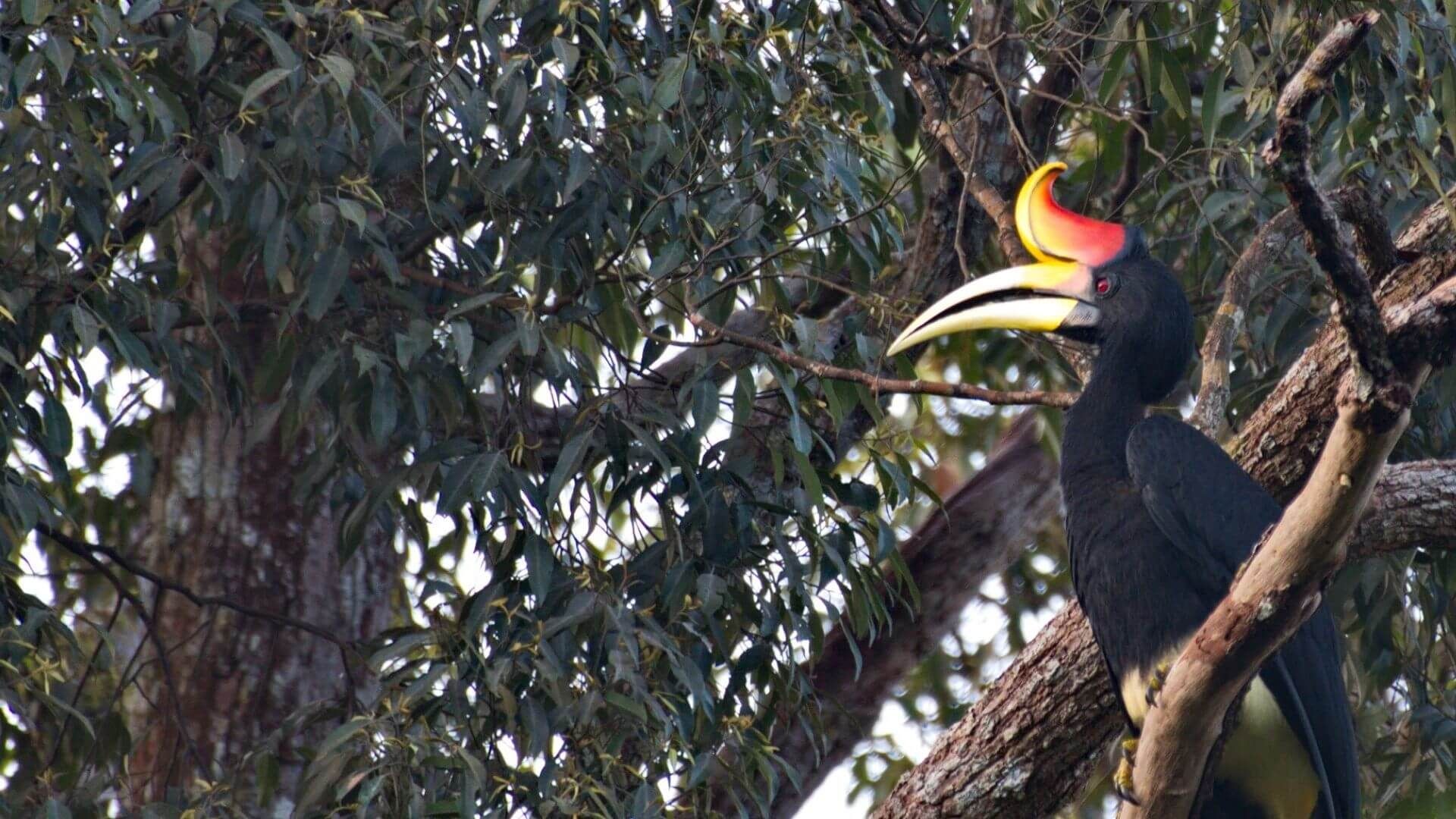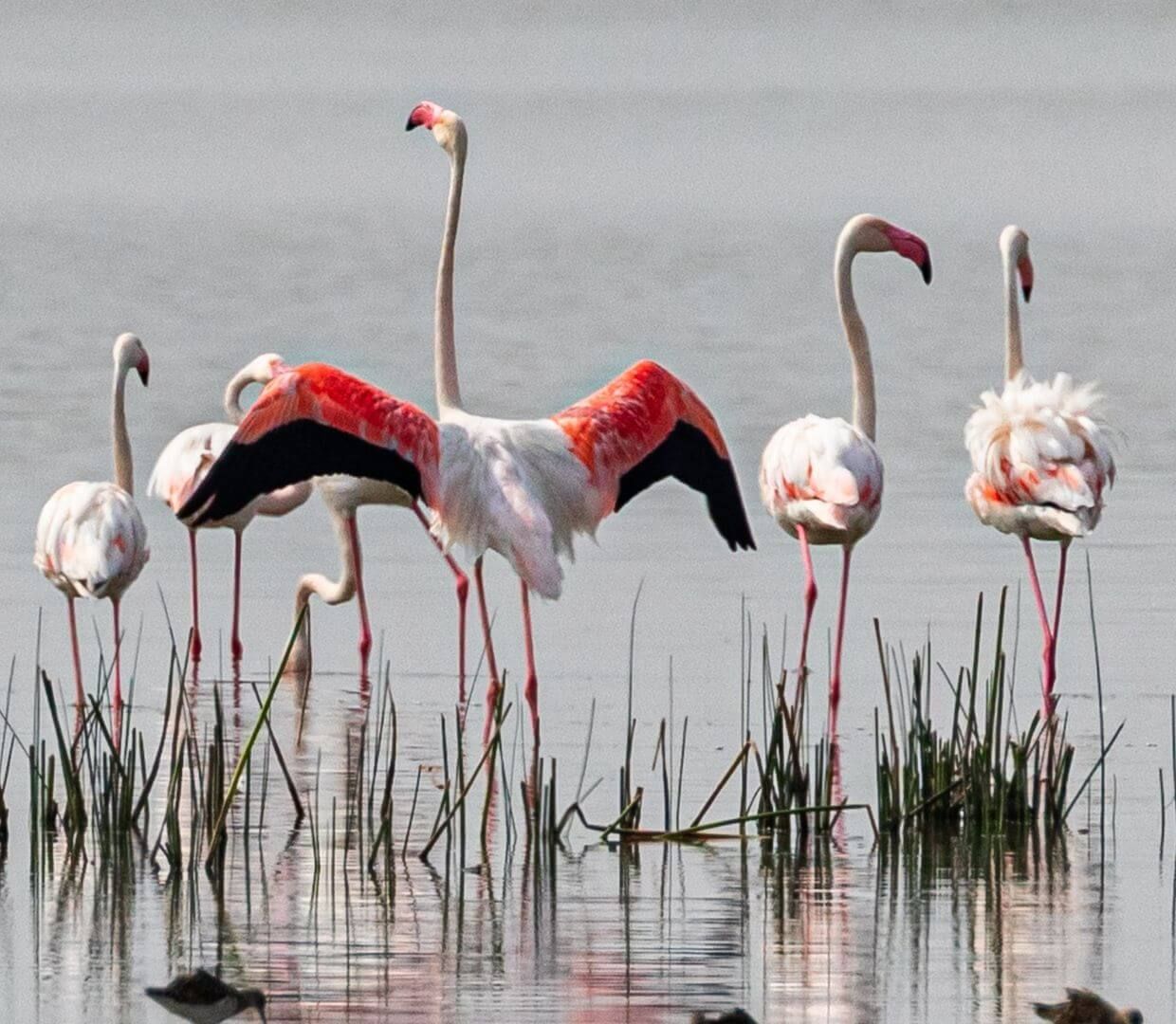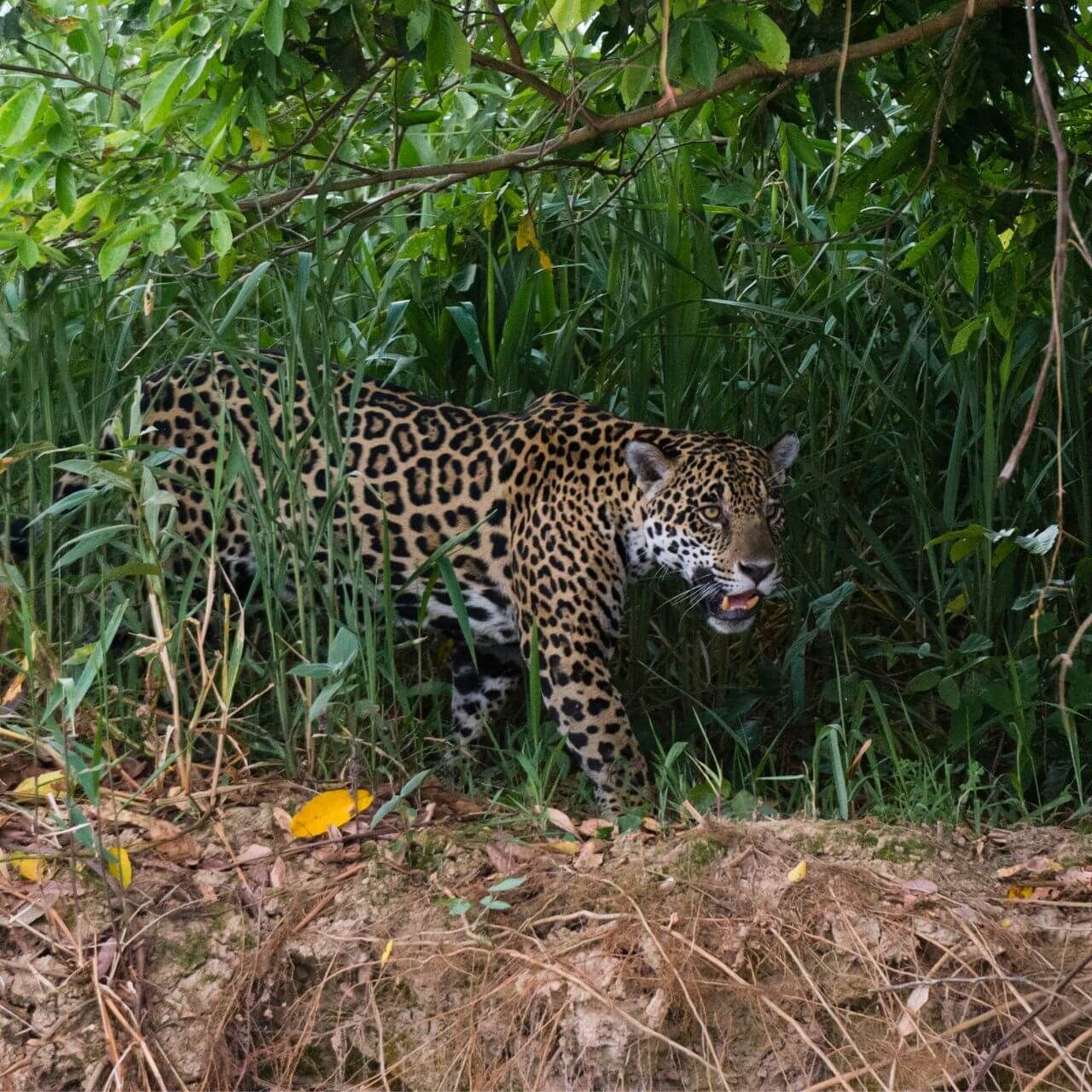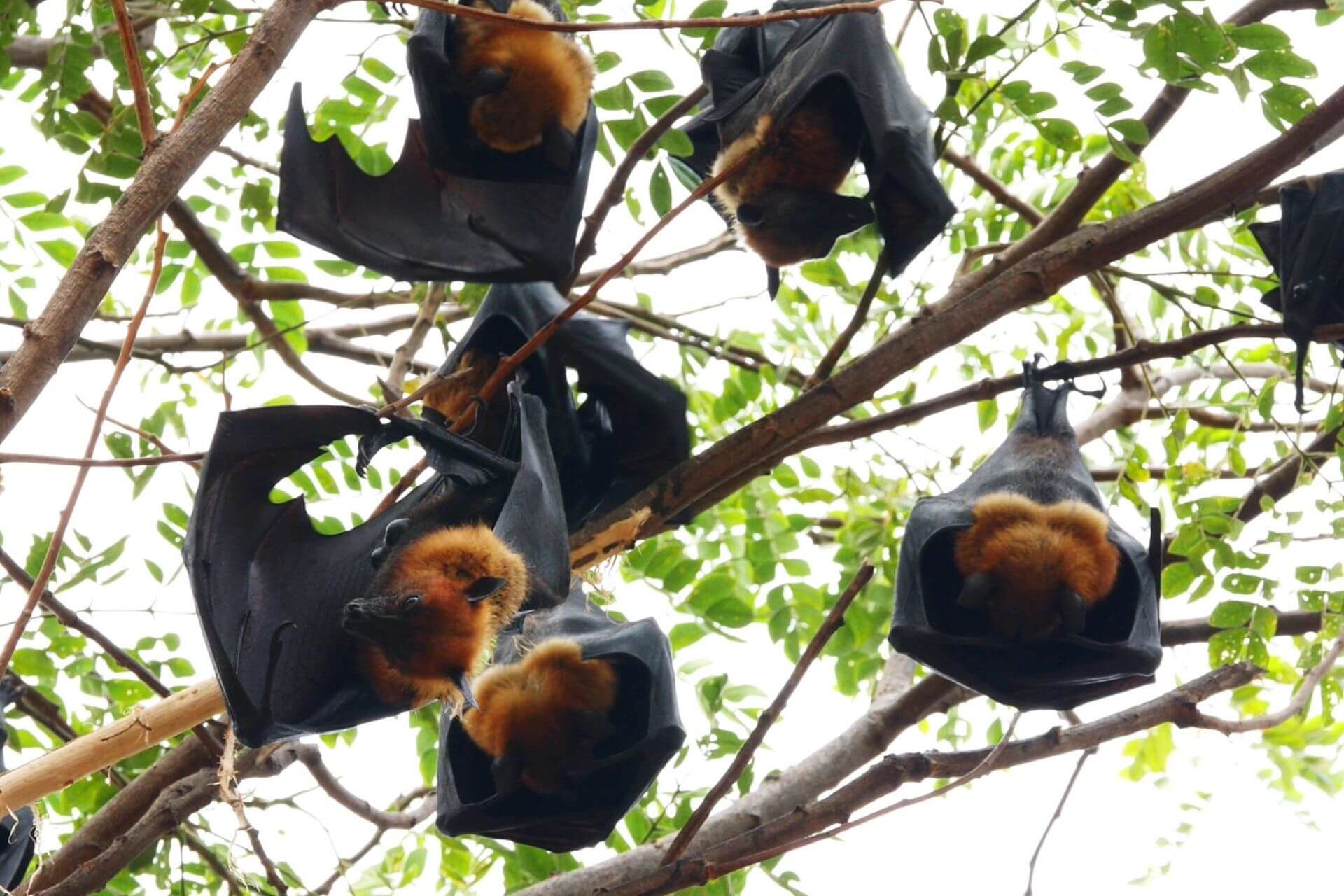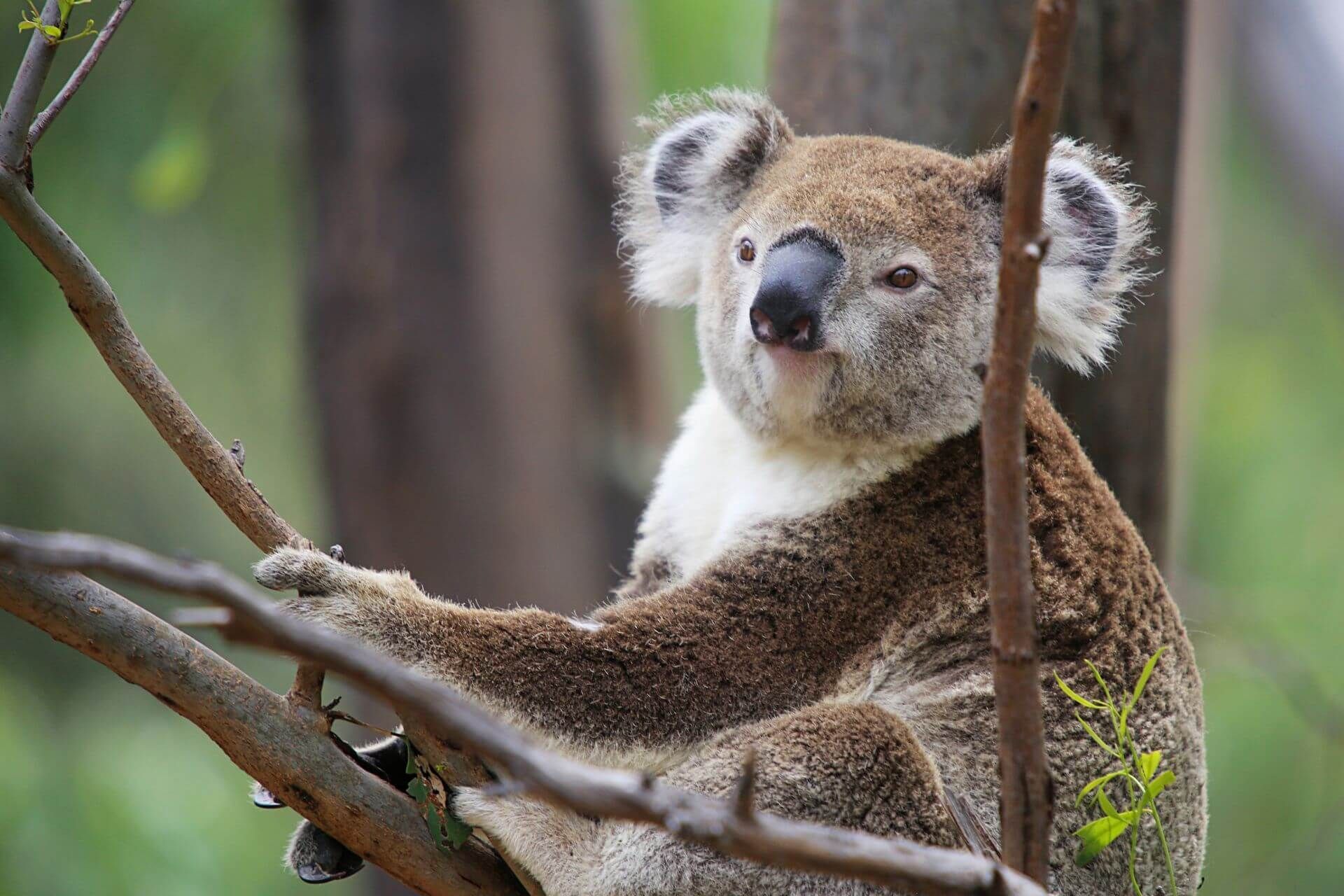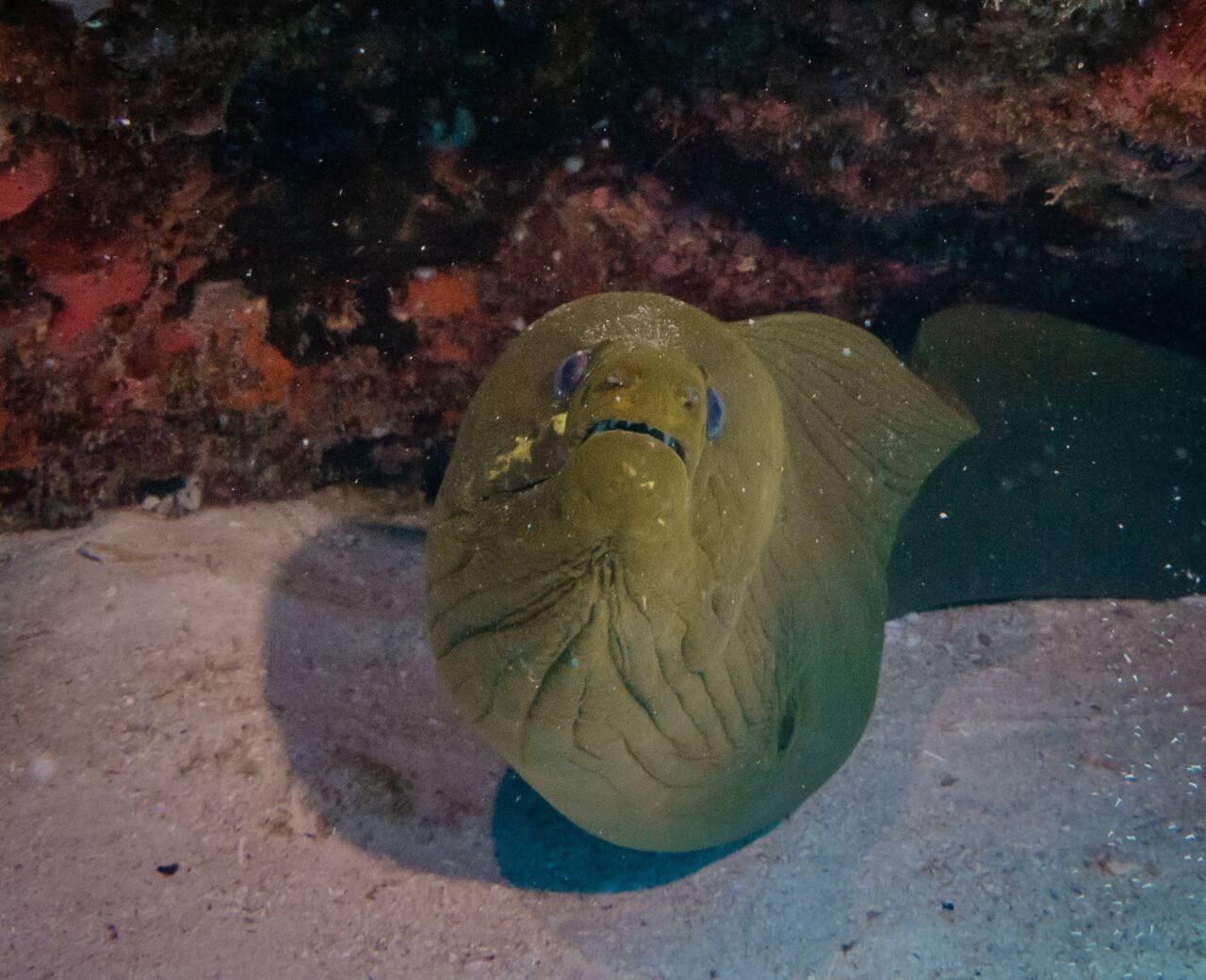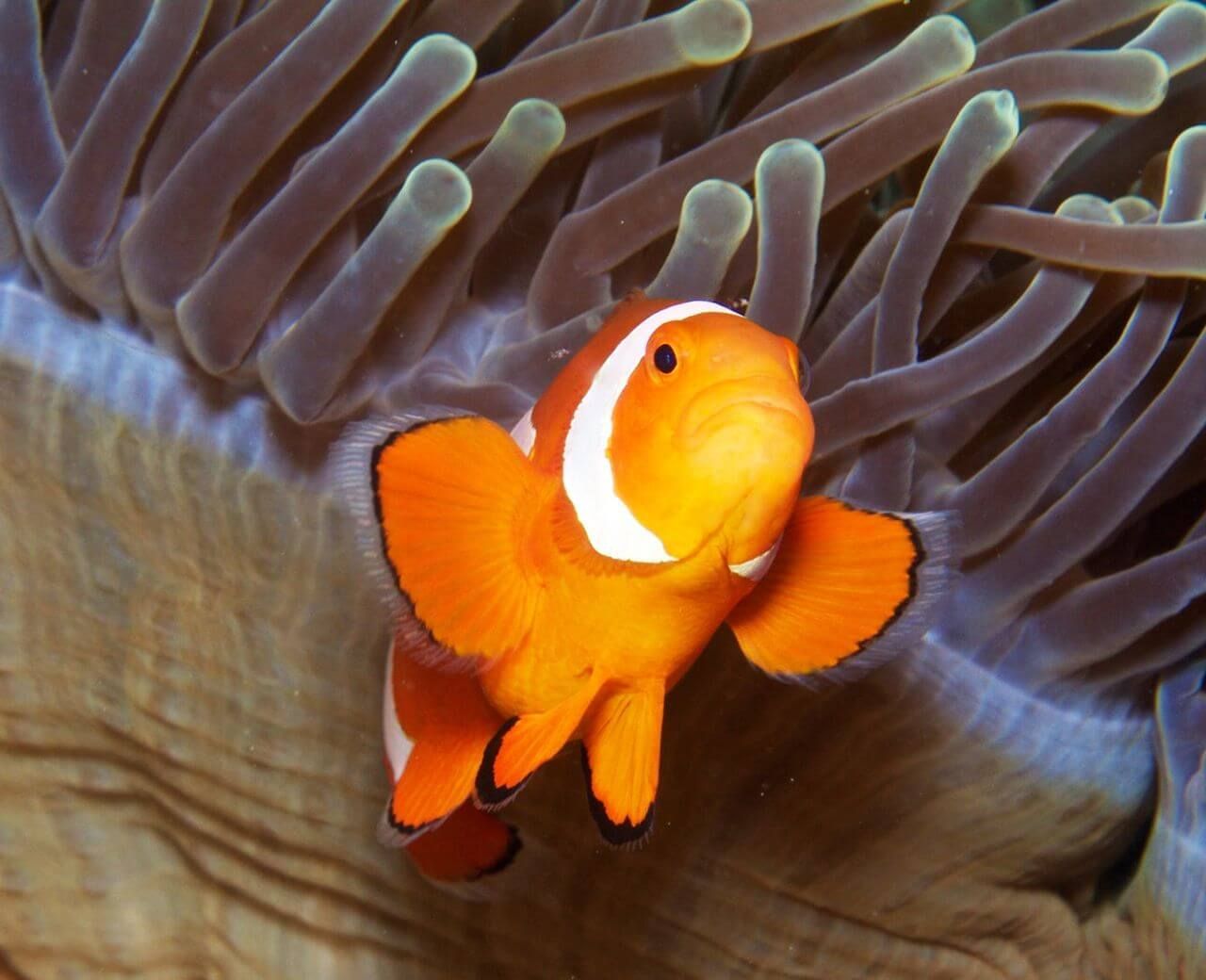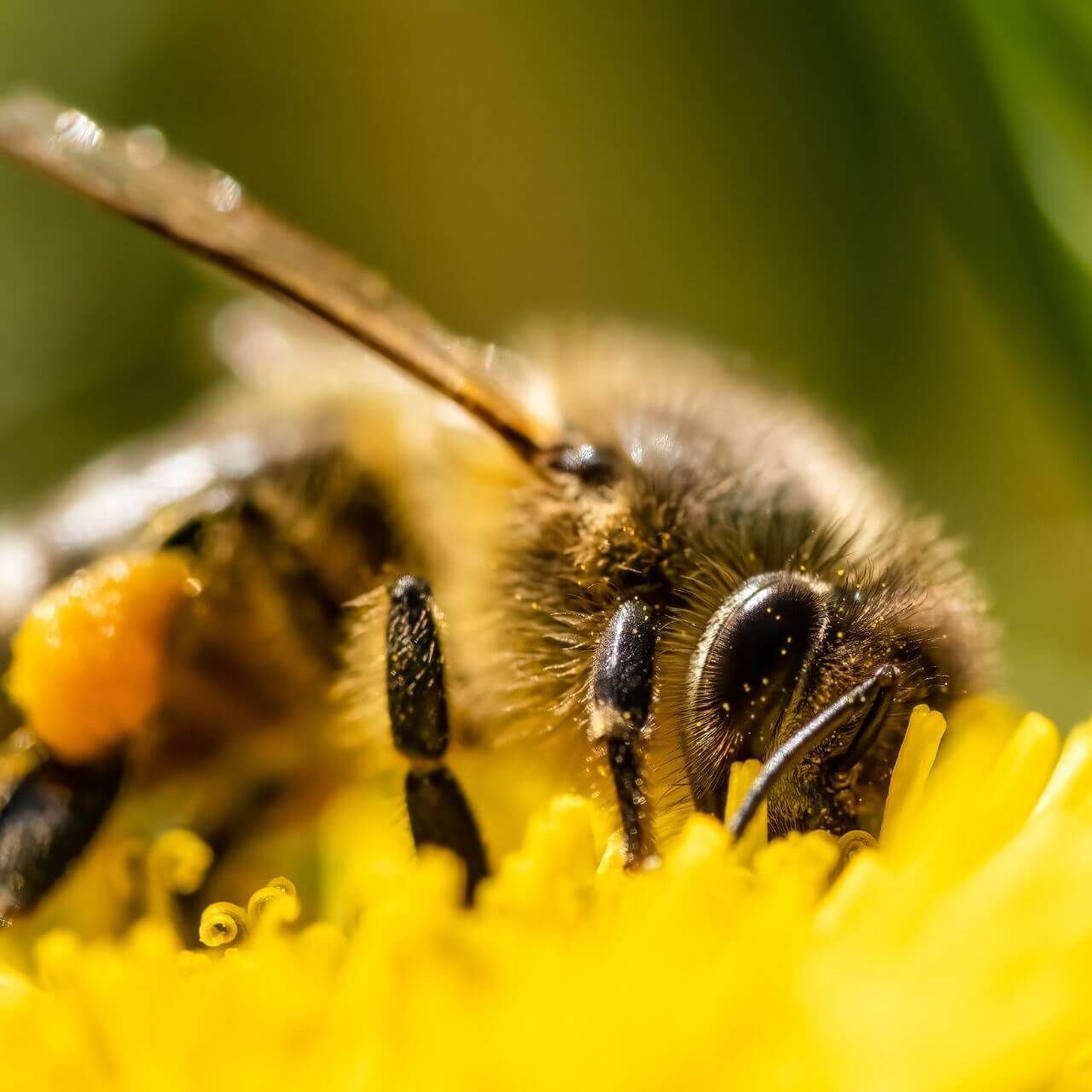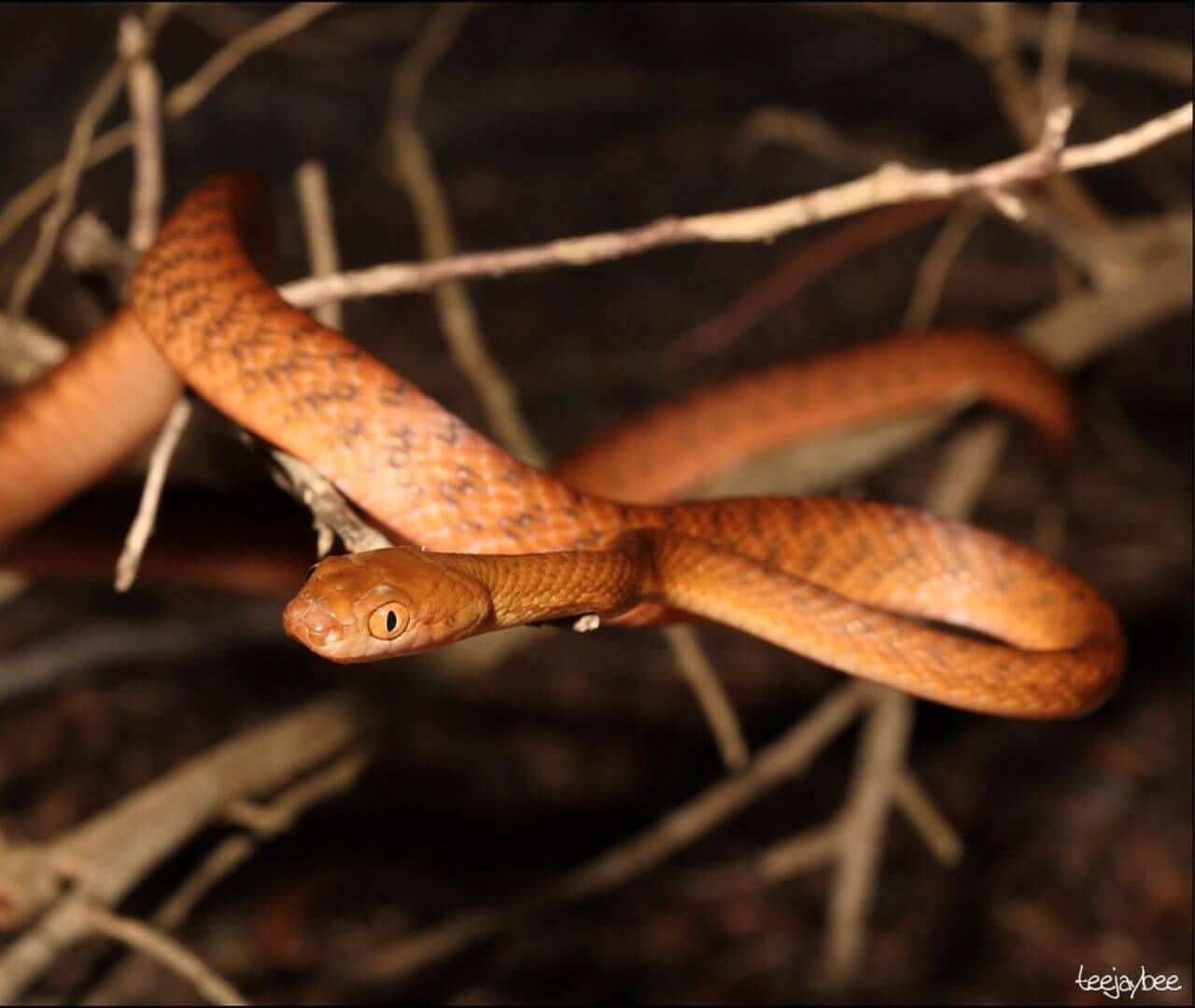Amazing Amphibians | Amphibian Classification
Cold-Blooded
Skin
Unlike a reptile, amphibians lack scales and instead have skin. The skin of an amphibian is often permeable, allowing moisture and oxygen to be gained or lost. This feature is why many amphibians can seemingly breathe underwater and are commonly referred to as environmental indicators, meaning their health or abundance is often a sign of a healthy or degradation ecosystem. Their skin not only absorbs moisture and oxygen, but it also absorbs pollutants when they are present. If we see a sudden loss of amphibians in a region, it may be a sign that toxins have moved into the environment or conditions are no longer healthy. Amphibians often have mucous glands which secrete a substance to keep their skin moist when they are away from wet dirt or a body of water.

